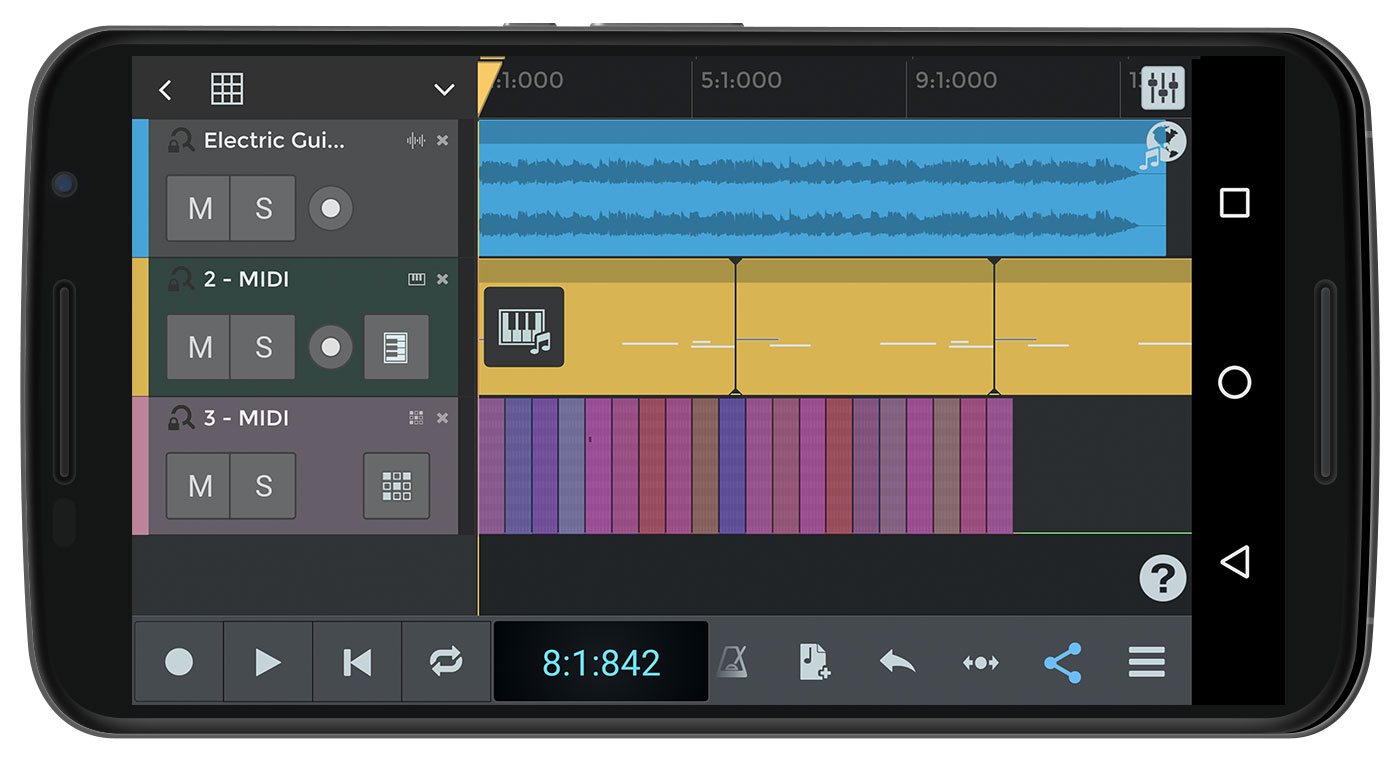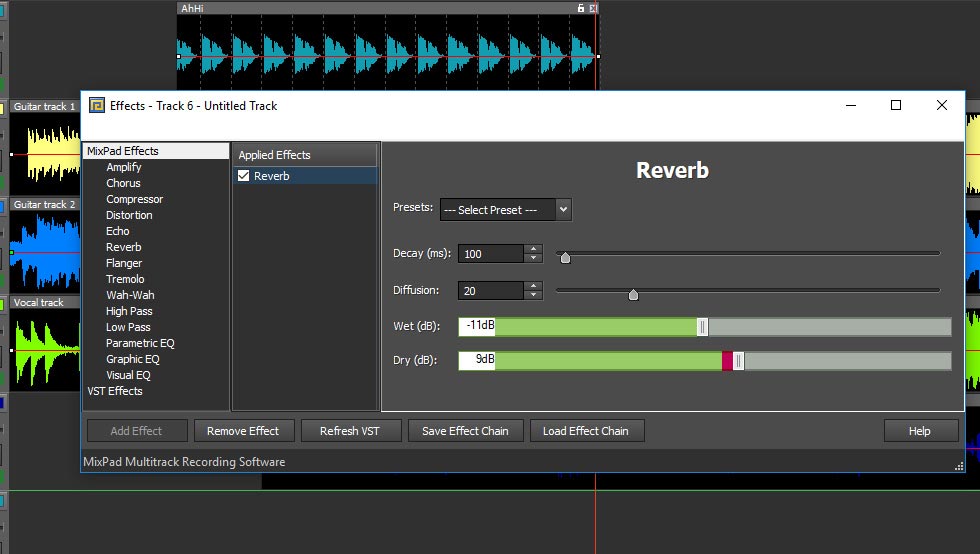


Coinciding with the left side of the master section and instrument board is the hardware out section next to the menu.The microphone is one of the initial items to set up and can be run through the first hardware input pillar. The following three panels comprise the virtual outputs. Physical outputs are on the left and account for the first five columns.
Directly below the first category is the ‘ Audibility’ tab with the compression field on the left and the noise gate filter on the right for the decibel levels.Below that, there are the special and external FX segments, which are also able to be altered within the zone in the upper left corner under the menu. Within the ‘ Intellipan’ section, the community can modify the sound with the EQ feature by right-clicking multiple times on the square to find suitable effects. Input device processAll of the five input arenas are organized in the same manner. Select the preferred device.
Vocal Software Windows 10 Desktop Screen
Within the pop-up on the left panel, select ‘ Sound’ and then ‘ Advanced sound options’: ‘ App volume and device preferences’. Analyze the content within the parenthesis and select the installed VB-Audio cable.In the bottom right corner of the Windows 10 desktop screen, locate the sound settings. Navigate to the second panel after the ‘Microphone’ column and click on the text: ‘ Browser’. How do you use a virtual cable?Set up the cable to send all of the sounds within the browser to Voicemeeter at the same time. Limit the sound level for the sources by clicking within the meter and dragging the yellow bar down to the preferred level this is the reversed action to the noise gate filter under the ‘Audibility’ section.
The tangible mixer can be purchased. GoXLR is a physical alternative to the virtual audio device mixer. Audacity, Equalizer APO, and Reaper are all software that supports the user experience and quality of Voice. Alternative audio choicesBetween the two freeware choices offered by Voicemeeter, Potato is the more advantageous and user-friendly. Voice will then link up with the provider.
Author's reviewVoicemeeter is a Virtual Audio Device Mixer able to manage any audio sources on Windows PC Audio coming from Physical Input (e.g. Donate money to the creators to enable new updates to continue. What’s new?This advertisement-free software was complimentarily built by developers. The freeware offers multiple download options: the smaller Banana version, the expansive Potato set, and the essential voice cable.
By mixing Physical audio devices and any audio sources coming from whatever audio applications, Voicemeeter opens up a lot of possibilities:-To mix your voice with your music on Skype or Google Voice and make your live podcast or own radio program.-To use 2x USB Headset on a computer, for example for online educational program.-To Play Video Game in 5.1 and keep the MIC for communication with your team.-To make tutorial with your preferred audio software and pro quality.-To Record Conference or Interview in multichannel for post production.-To use different Audio Application together and record the performance in live with your preferred DAW.-Finally to manage simply any sound sources on your computer in an easy way.With VBAN protcol to send or receive audio to or from any computer of a local network, and Voicemeeter Remote API, Voicemeeter is opening up new possibilities for virtual audio mixing, routing and inter action with other applications. Everything works in all ways.As Audio Mixer, Voicemeeter is able to mix 3 audio inputs devices (2 physicals and 1 virtual) to 3 audio output devices (2 physicals and 1 virtual) through 2 busses A & B. This offers possibilities to mix your voice with your music player, browser, webradio, video game, and with the sound coming from any audio DAW like Cubase, Ableton Live or Protools (possibly in the same time) for Skype-call or any VOIP / recording workflow.By supporting All Audio Interfaces (MME, KS, WaveRT, Direct-X and ASIO interface) Voicemeeter becomes also an audio bridge between applications: for ASIO Applications willing to use Windows Audio Device Driver (like MME or WDM) as well as for Windows MME player willing to use ASIO device through Voicemeeter solution.


 0 kommentar(er)
0 kommentar(er)
